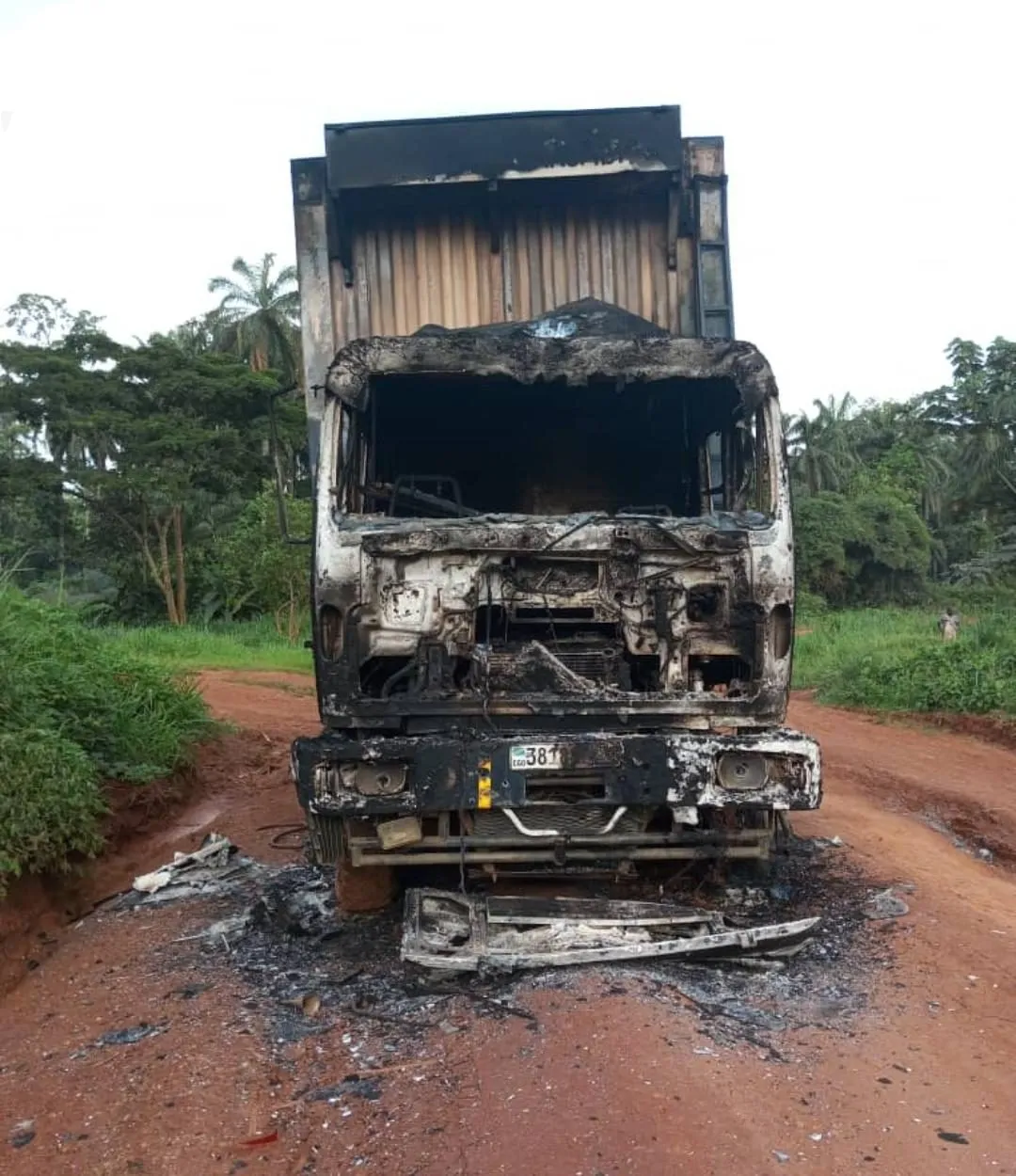UN and IDAP Humanitarian Convoys Increasingly Targeted by Rebels in Africa
In recent days, humanitarian convoys operated by the United Nations (UN) and the International Development & Aid Project (IDAP) in Africa have faced an escalating number of attacks by rebel groups. These attacks are driven by the rebels' desire to control the supply of resources and hinder the stabilization efforts in the region.

Destroyed UN truck in Africa
International - ANN News Report
Escalation of Attacks
The increase in assaults on humanitarian convoys is a strategic move by various rebel factions to disrupt the delivery of essential supplies such as food, medicine, and other aid to conflict-affected areas. Some groups have even gone so far as to offer bounties for workers and soldiers from the UN who are from European or American origins, escalating the risks for these personnel dramatically.
UN’s Response and Strategic Options
The UN is currently evaluating the situation and considering several strategic responses to enhance the security of the humanitarian missions. Among the options on the table are the provision of stronger military support for the convoys, which could include arming the convoys more heavily or even offering aerial support to protect them from attacks.
Potential Military Enhancements
One possible approach being discussed is to increase the firepower accompanying these convoys, potentially involving more armed guards or convoy escorts. Additionally, there is a consideration for deploying air cover to monitor and respond to any attack quickly, thereby deterring rebel groups from targeting these vital aid deliveries.
Supporting Local Militaries
Another strategy under consideration is to allocate more funding to local armies to allow them to take over the logistics of delivering humanitarian aid. This approach would rely on local forces’ understanding of the region and possibly reduce the visibility and targeting of international personnel by the rebels.
Deployment of Non-targeted UN Troops
A third option being explored is the deployment of additional UN units from Asian countries, which have not been targeted by the same bounties as their European and American counterparts. This strategy might reduce the direct threats to the convoys, as attacks on these troops have been limited on African soil.
Conclusion
As discussions continue, the UN is committed to finding a viable solution that will secure the safety of its personnel while ensuring that aid continues to reach those in need. The international community watches closely, hoping for a resolution that can quell the violence and facilitate the region’s stabilization.
Stay tuned to ANN News for updates on this developing story as the UN strategizes on the best course of action to protect its humanitarian missions in Africa.